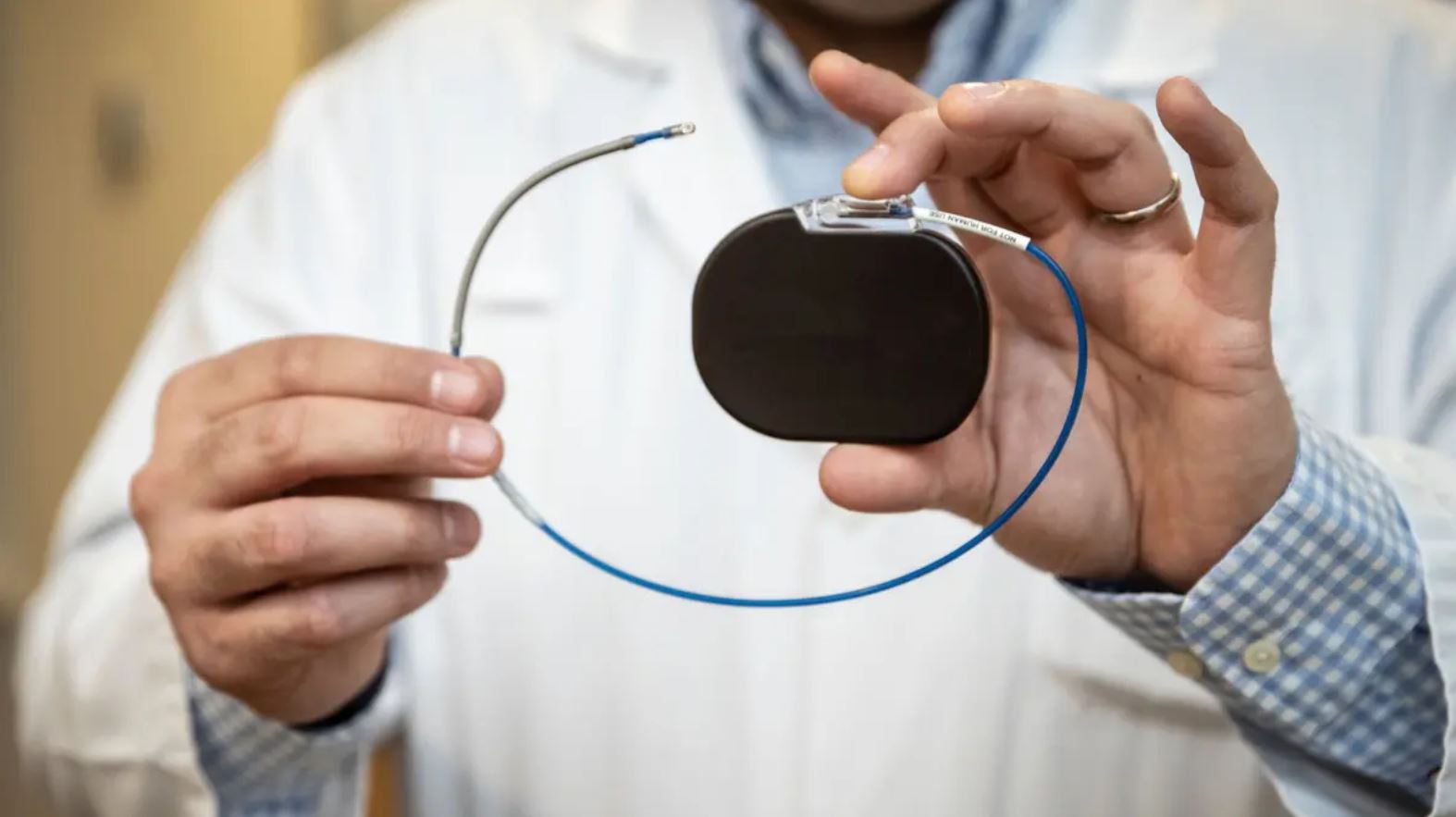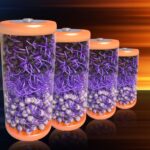 Imagine recharging a pacemaker battery in under two hours with a simple ultrasound signal. Professor Jinho Chang and his team at the Daegu Gyeongbuk Institute of Science and Technology in South Korea have developed an innovative system that does just that—using dual piezoelectric layers to convert ultrasound waves into electrical energy.
Imagine recharging a pacemaker battery in under two hours with a simple ultrasound signal. Professor Jinho Chang and his team at the Daegu Gyeongbuk Institute of Science and Technology in South Korea have developed an innovative system that does just that—using dual piezoelectric layers to convert ultrasound waves into electrical energy.
Traditionally, when a pacemaker’s battery runs out, patients face the risk of a second invasive surgery. This new approach changes everything: the first layer of the device captures the ultrasound waves and converts them into electricity, while the second layer gathers any leftover energy, boosting the total output by over 20% compared to older methods.
Tests have shown promising results. In water, the device delivered a power density of 497.47 milliwatts per square centimetre and charged a 140mAh battery in just 1.7 hours. Additional experiments using 30mm of pig tissue—designed to mimic human tissue—registered 312.34 milliwatts. Underwater trials further demonstrated its capability, fully charging a 140mAh battery in 1 hour and 40 minutes and a 60mAh battery in 1 hour and 20 minutes. These figures represent more than double the efficiency of previous ultrasound charging systems.
Professor Chang is confident that this technology will not only remove the need for repeated surgeries but also help develop smaller, smarter implantable devices. The team is now working on integrating high-efficiency semiconductor components to eventually cut charging times to under an hour. If you’ve ever worried about the complications of battery replacement surgery, this development might be just the reassurance you need. The research findings have been published in the journal Biosensors and Bioelectronics.








